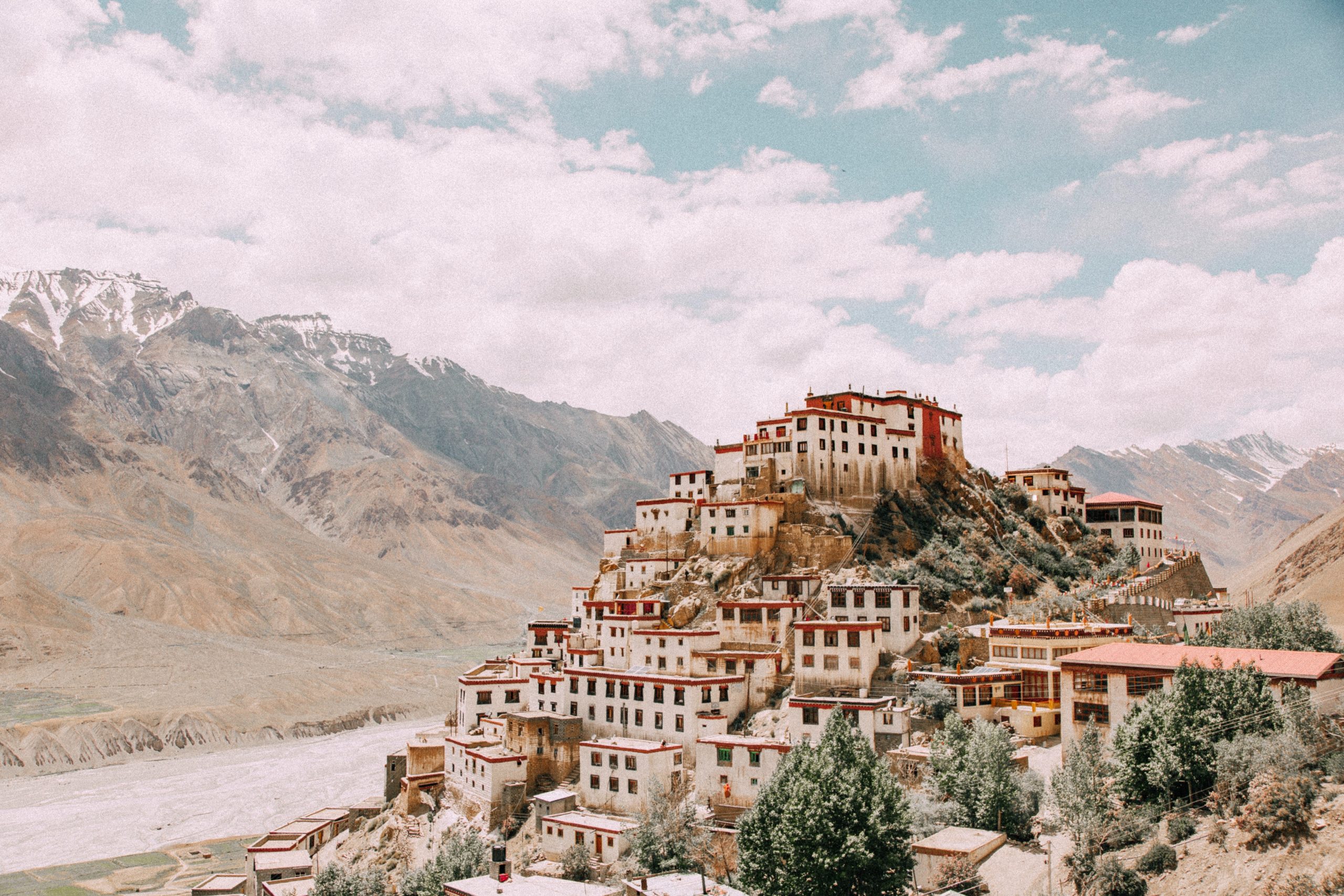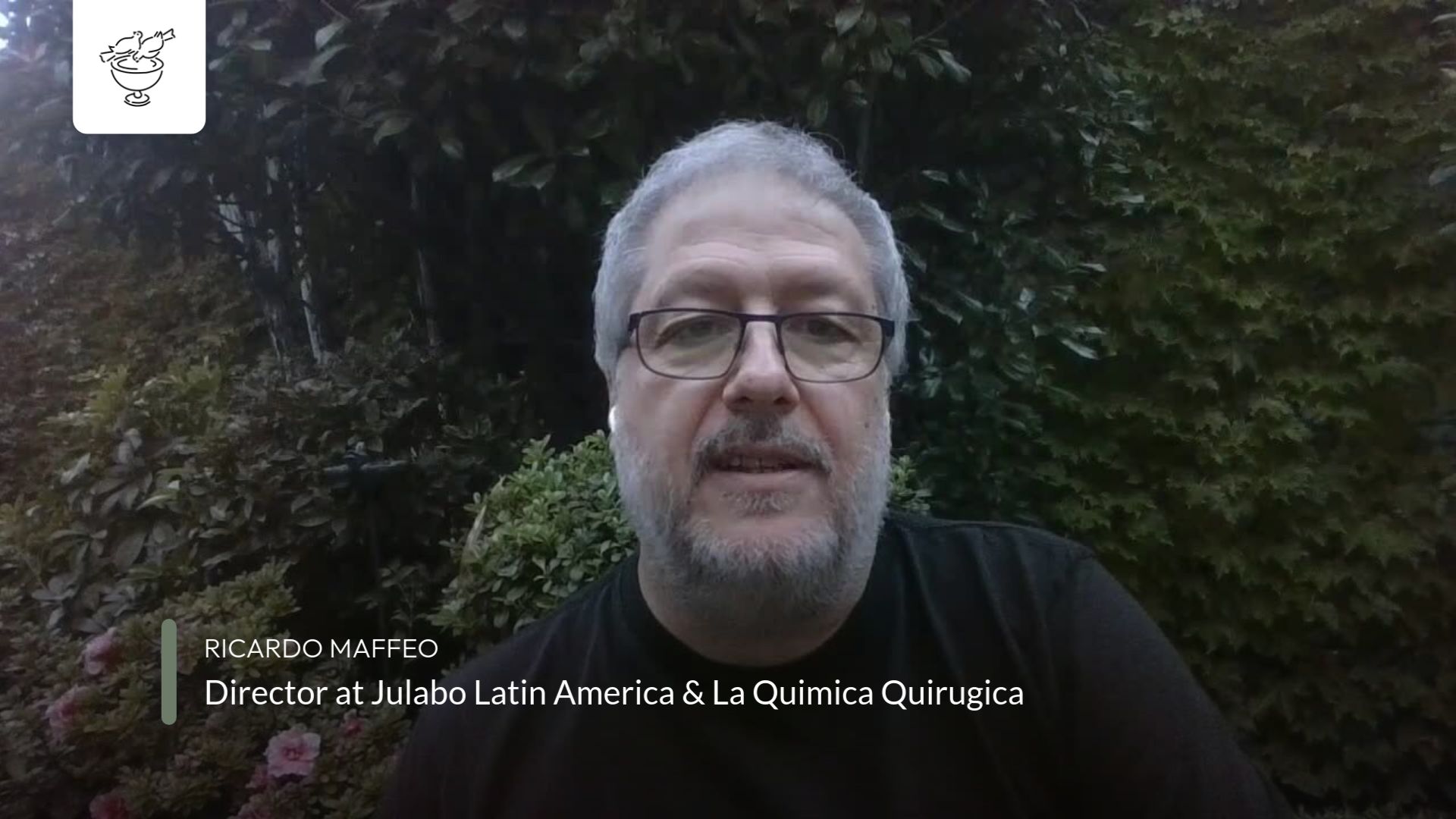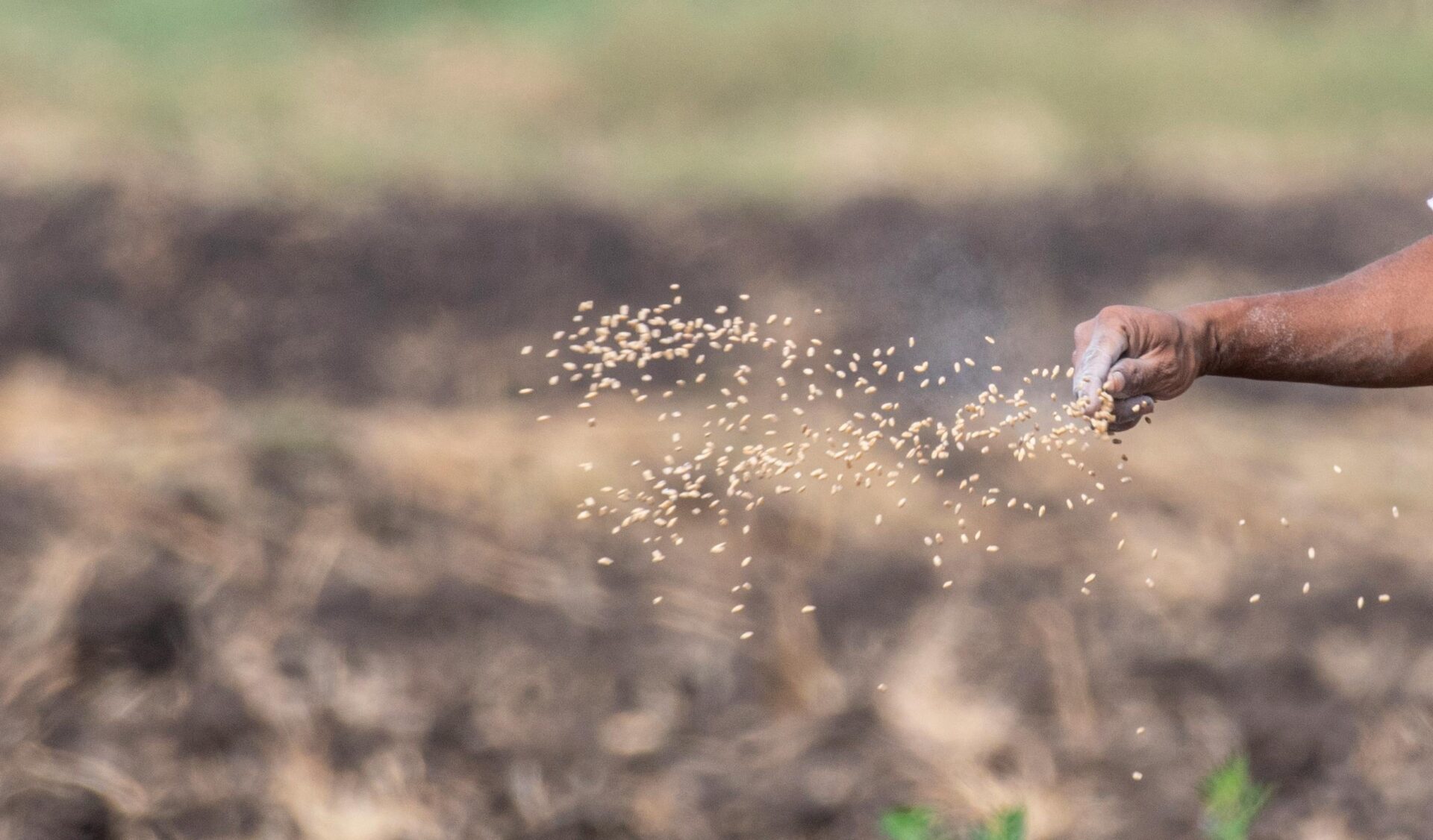The same fruits of monastic maturity that drew people to the desert are also present in the lives of oblate monastics today.
There has been some discussion at Meditatio House lately around the questions: what is an oblate, and how does an oblate differ from a monk?
It seems that from the very beginning of the Rule of Benedict the idea of what a monastic is has been open for development and change. In Benedict’s time to be monastic meant following one of four ways:
A cenobite was a monastic living with other monastics, with an abbot as leader and a rule as a guide.
Anchorites or hermits were monastics mature in mind and body that chose to live alone, often in deserts. Formally cenobites, their life in community had left them mature enough to experience, day by day, the challenges of living alone before themselves and God.
Sarabaites did not live with a rule to provide guidance, or with established leadership. They lived together or alone.
Gyrovagues are described by Benedict as rootless wanderers who often moved from monastery to monastery using the hospitality of cenobites as they went.
Benedict wrote his rule for cenobite monastics. In time these monastics came to be known simply as monks.
Across the centuries, as cenobite communities became more established, parents would offer their children to monasteries in the hope of a better life for these children. They would be oblatus (Latin) or ‘offered’. When they reached an appropriate age they would be given the choice to remain in the monastery or to leave. Some would remain and yet, for some reason, not take the vows of a cenobite monastic. Others would leave and still maintain contact with the community they had left. They did this, presumably, because they felt that they were still a part of the monastic community that had reared them. Soon this way of living with cenobite monks (whether physically and/or spiritually) became formalised and named as being an oblate. In time one did not need to be reared in a monastery to become an oblate. A more general resonance and association with a monastery was enough.
Today there are many monastic communities around the world that have oblates. They are men and women who are drawn to a monastic spirituality and the way of being monastic that a particular monastic community may embody. Rather than take the vows of a cenobite monk, they vow the life of a cenobite oblate. They are married or single, with families and careers. Their commitment to community is not of a cloistered nature. Their challenge is to live a monastically real commitment to community and divinity in the day to day of their own lives.
The World Community for Christian Meditation (WCCM) offers the option to meditators of becoming Benedictine oblates. Laurence Freeman (Benedictine monk and current Director of the WCCM) explains that from the very beginning of the life of the WCCM “equal value” was given
to the forms of commitment made by monks or oblates. Oblates in his [John Main, the WCCM’s founder] vision were not merely “attached” to a monastic family; they were fully participatory and contributing members. This represented both a return to an ancient tradition and an important new development*.
This being the case, it follows that a monk and an oblate monastic – in their own unique ways, through their participation in, and contributions to the WCCM monastic family – both have equal opportunity to pursue a full cenobite monastic maturity in their own lives. If this were not the case, it would mean that either one commitment is being valued more than the other, or that one commitment is somehow superior to the other.
What, exactly, is monastic maturity? Monastic maturity is nothing less than human maturity. This is, simply, the forgetting of self. The ego (self-consciousness) comes to be (more or less) integrated with the whole of one’s consciousness. A transformation of the psyche has happened to the extent that the inner life is at the service of divine Love and not the preservation of ego centredness. This Love resides deep in our spiritual centre. It pours forth into the world, through us, from this centre. A communion of divine Being with our being is at this centre. Monastic maturing is about the whole of the person (not just our centre) coming to be in communion with this divine life.
Each maturing human and monastic is a blooming and unique expression of divine Love, co-creating in the world with the divine life.
Each monastic, like everyone with faith in a loving God, can look to this God to be the One who heals, who integrates this inner life via grace. This looking is a searching in life for the God who is already with us. The human struggle to live in loving ways is often all the motivation needed to seek out our own healing.
To be a monastic is to place first in life this searching: to seek God. With all of one’s heart and mind. The rest of life falls into place around this commitment. A monastic, whether monk or oblate, is simply living out the teaching of the Jewish Jesus made to everyone with ears to hear
This is the first [commandment] listen, Israel, the Lord our God is the one, only Lord, and you must love the Lord your God with all your heart, with all your soul, with all your mind and with all your strength. The second is this: you must love your neighbour as yourself. (Mark 12:29-30).
A monastic seeks God so that we may love God, ourselves, and neighbour in growing fullness. Only God (who is Love) can bring about this fullness in us. In other words, a monastic lives a committed Christianity.
The challenge of this seeking, for oblate and monk alike, is to live a life that nourishes the contemplative roots of our humanity. Nourish the roots and God will be found. Over the centuries of Christianity, the monk monastic has had the advantage of a dedicated and cloistered life that, at its best, serves this contemplative end. The times, however, are a-changing. As we know, to be a cenobite monastic no longer means just to be a monk. Within the WCCM, the commitment of oblate is a facing into the cutting edge of a new expression of monasticism.
John Main laid groundwork for this facing into as he taught with confident perseverance that the Christian meditator meditate for at least 20 minutes (preferably 30 minutes) every morning and every evening of their lives. The WCCM oblate adds to this commitment a prayer life that includes the Office of the church (used by monk monastics for centuries), as well as a commitment to the teaching of Christian meditation. This prayer life contributes to the contemplative shaping of the human and monastic life of the oblate. And that’s when things can get really interesting because a life growing in contemplation is a life open to the life of God. A life open to the life of God is a life invited to change.
Meditatio House is, at its heart, an experiment in the evolving nature of what a lived monasticism can be. Oblates come together here to live out, in a Benedictine way, the journey into monastic and Christian maturity. We are like a flower spending time in a hot house to promote its growth. After this time we, like the flower, return to our garden – our own communities and families. We return to face the challenge of human and monastic maturing in our own environments.
Because of our Meditatio House experience we may see that our environment needs some renewing if we are to keep maturing into God. This has always been the challenge for monk and oblate alike. A contemplative life is a human life open to change. This challenge is happening across the globe for WCCM oblates who seek God – meditating and sincerely living out our life vows of stability, conversion, and obedience in our own communities.
Recently Laurence Freeman took a trip to Turkey. While there he visited the (long empty) cave monasteries of Cappadocia. After the visit, in a column for The Tablet Laurence wrote
If you linger back alone [to the caves] you might experience a sense of wonder and great respect for the intensity of their seeking and also a painful feeling of loss. Where did all this well-directed zeal go? Did it peter out here as some of the monasteries became more dependent on rich local patrons? Or was it whisked away to new places whose time it was to manifest the deepest aspiration of the human for union with God? Is spiritual capital re-invested or does it return to its source?
Spiritual capital is being re-invested today in the places where this zeal for union with God is manifesting. The WCCM is one such place and the life of an oblate of the WCCM is a new monastic expression of this zeal. I feel it in me. My whole life is being shaped by it. This “well-directed zeal” is an expression of monastic equality when it is enacted in the lives of monk and oblate.
The same fruits of monastic maturity that drew people to the desert Fathers and Mothers of the early church, such as those in Cappadocia, and to committed monks and nuns for centuries, are also present and growing in the lives of committed oblate monastics today. In time more people will see and come to accept the deep authenticity of the wise and mature oblate monastic.
* This quote is taken from the article Monastics in the World. See recommended links: Oblates of The World Community for Christian Meditation.





